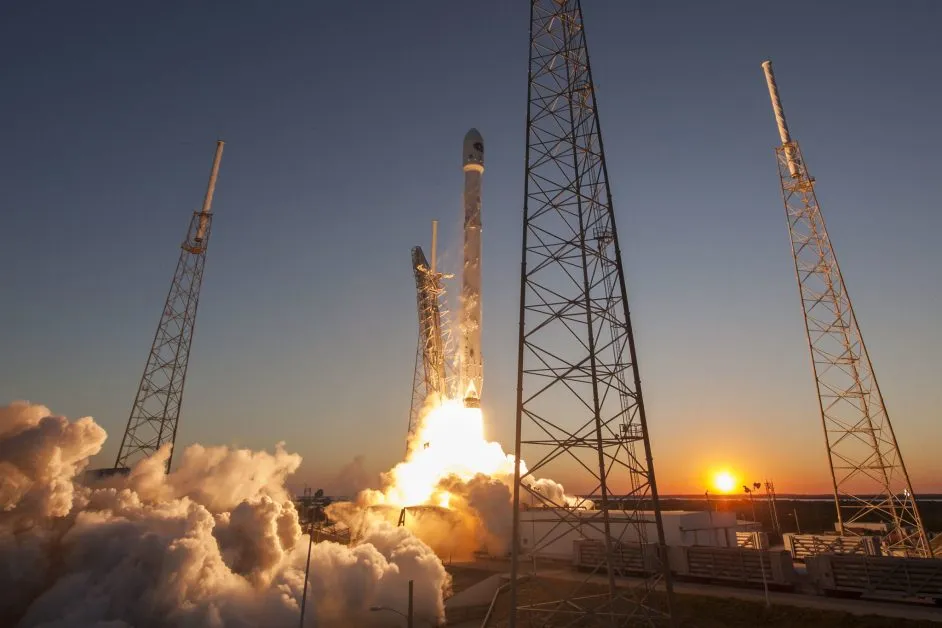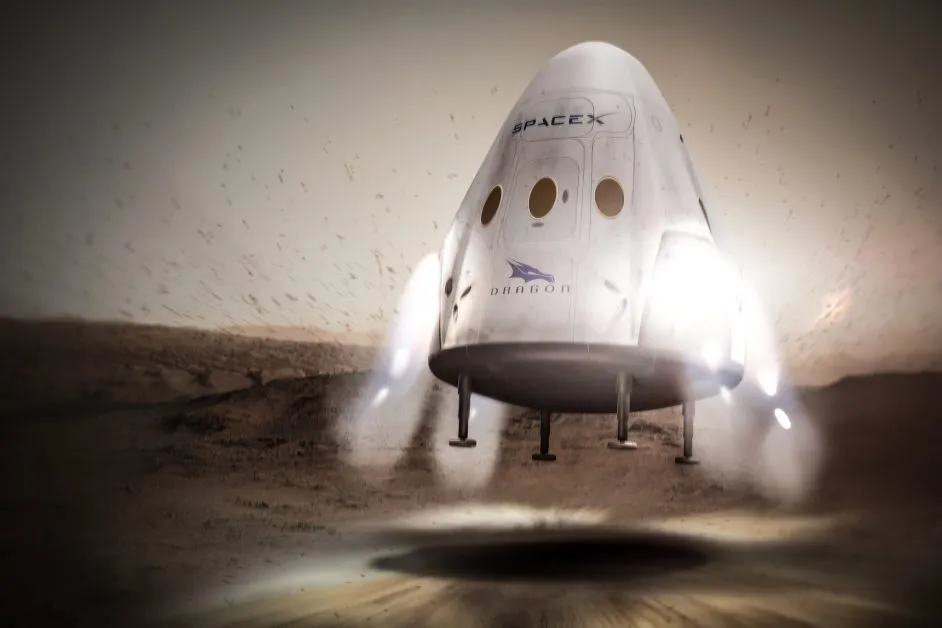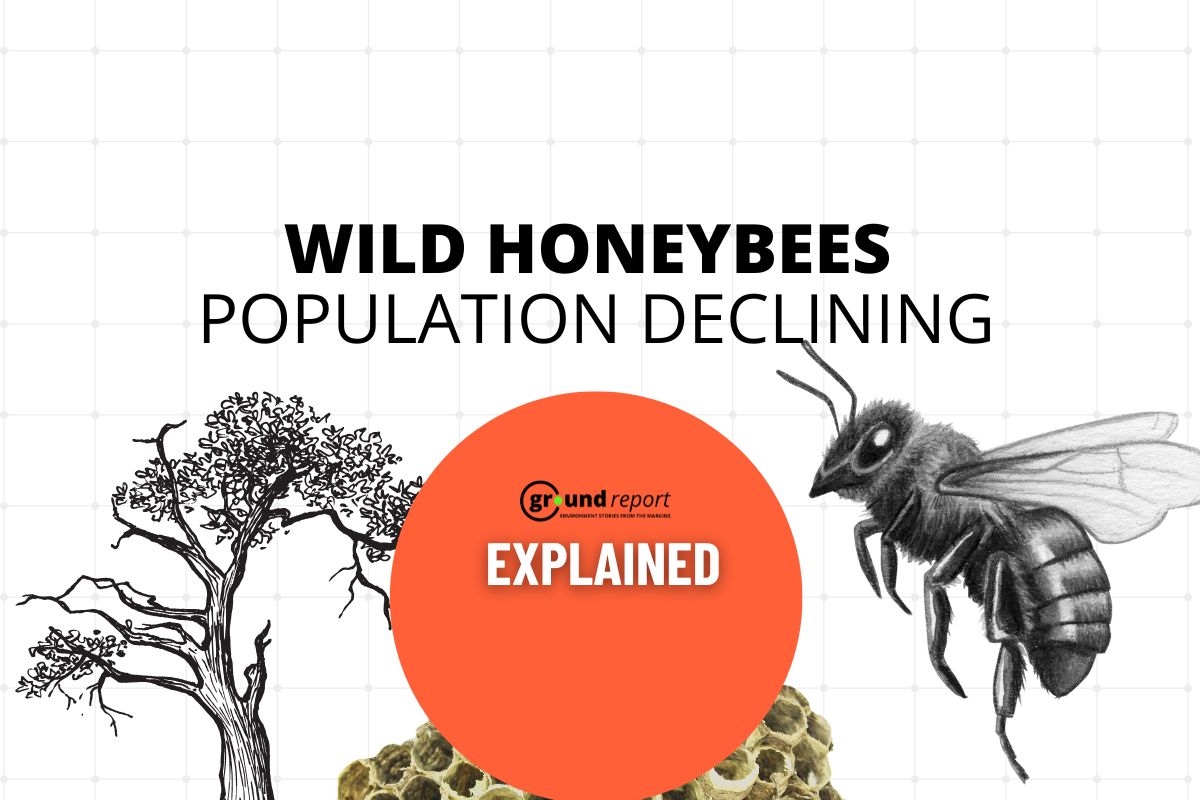Traffic jam happening outside Earth: With the advancement of technology and the growing human need to explore the vast reaches of the cosmos, the first stop outside the planet is the Low Earth Orbit. Extending up to 500 kilometers outside the planet, this region is where thousands of satellites operate hovering around the planet.
However in the last couple of years, this region has seen a massive influx of artificial spacecraft, several small and big satellites have filled up the area covering the length and breadth of the planet, and with private space companies launching satellites one after another, the congestion in the Low Earth Orbit has emerged as one of the biggest challenges for astronomers the world over.
According to the European Space Agency, LEO is normally at an altitude of less than 1000 km but could be as low as 160 km above Earth – which is low compared to other orbits but still very far above Earth’s surface. LEO’s close proximity to Earth makes it useful for several reasons. It is the orbit most commonly used for satellite imaging, as being near the surface allows it to take images of higher resolution. It is also the orbit used for the International Space Station (ISS), as it is easier for astronauts to travel to and from it at a shorter distance.

WHY IS THERE A TRAFFIC JAM IN LOW EARTH ORBIT?
With the advent of technology and the growing need of monitoring the developments on the planet, satellites are being launched by countries the world over. With time these satellites have not only become cheaper to develop but smaller in size too.
Satellite constellations are the next big thing in space infrastructure, most being aimed at providing free and fast broadband services. Companies like SpaceX, OneWeb, Amazon are all pushing clusters of satellites with every launch creating a network outside Earth and functioning information. SpaceX with its Starlink has emerged as the biggest player in the sector.
The Elon Musk-led company has conducted 10 launches in the first 10 weeks of 2022 with plans for at least one launch every week this year. Most of these Falcon-9 launches launch with Starlinks onboard that has emerged as the source of the internet not only in urban but in conflict-hit regions of Ukraine or disaster hot Tonga.
HOW IS IT AFFECTING SCIENCE?
While the Hubble Space Telescope and the James Webb Telescope operate from outside the planet astronomers mostly rely on ground-based telescopes to survey and scan deep space looking for developments happening in deep space. With satellite constellations covering large parts of the sky this field of view is being blocked affecting observations.
The most affected are the studies center around radio waves that are estimated to be the oldest light in the sky and give us a view of the universe moments after the Big Bang. The distant emissions that are picked up by telescopes on the ground are bound to be affected, which is giving astronomers headaches. Meanwhile, asteroid tracking will be hot as well. A prime example would be the potentially hazardous asteroid research done by the international asteroid warning network. “As the number of satellites continues to grow, astronomy is facing a watershed moment of increasing interference with observations and loss of science,” Connie Walker from NOIRLab told BBC.
THE RISING THREAT OF COLLISION
China recently complained to the United Nations after it had to maneuver its under-construction space station when it came close to a collision with a Starlink satellite.
Even NASA has raised concerns about SpaceX’s new Starlink satellites, including an increase in the risk of collision in orbit as the company submitted a proposal to the FCC to put 30,000 more Starlink internet satellites into orbit as part of a “Gen 2” Starlink system.

Most of the satellites launched outside Earth have specific functions, with associated altitudes and inclinations (Fig. 2). This increases congestion and requires active management for station keeping and collision avoidance9, with automatic collision-avoidance technology still under development.
According to a study in Nature, the development of mega-constellations risks multiple tragedies of the commons, including tragedies to ground-based astronomy, Earth orbit, and Earth’s upper atmosphere.
MORE AND MORE DEBRIS
One of the major concerns when it comes to LEO is the rising volume of junk made from old satellites, discarded parts, and decommissioned spacecraft that continue to go around the planet. Debris can also be caused by an explosion in space or when countries conduct missile tests to destroy their own satellites by missiles. Apart from Russia, China, the United States, and India have shot down satellites, creating space debris.
The threat became real last year when a Chinese military satellite appeared to spontaneously disintegrate in orbit, leaving a trail of debris high above the Earth. As late as March of this year a discarded Chinese rocket crashed into the Moon creating a new crater on the far side of the lunar surface.
The US government tracks about 23,000 pieces of debris larger than a softball orbiting the Earth. The European Space Agency (ESA) estimates the total mass of all space objects in Earth orbit weighs more than 9,600 tonnes.
With several countries including India in the midst of planning a constellation launch by the name of UUNITYSat, there is a need for space agencies to develop sustainable satellites that self-destruct and reduce the pressure in Low Earth Orbit.
You can connect with Ground Report on Facebook, Twitter, Instagram, and Whatsapp and Subscribe to our YouTube channel. For suggestions and writeups mail us at GReport2018@gmail.com
Also Read









